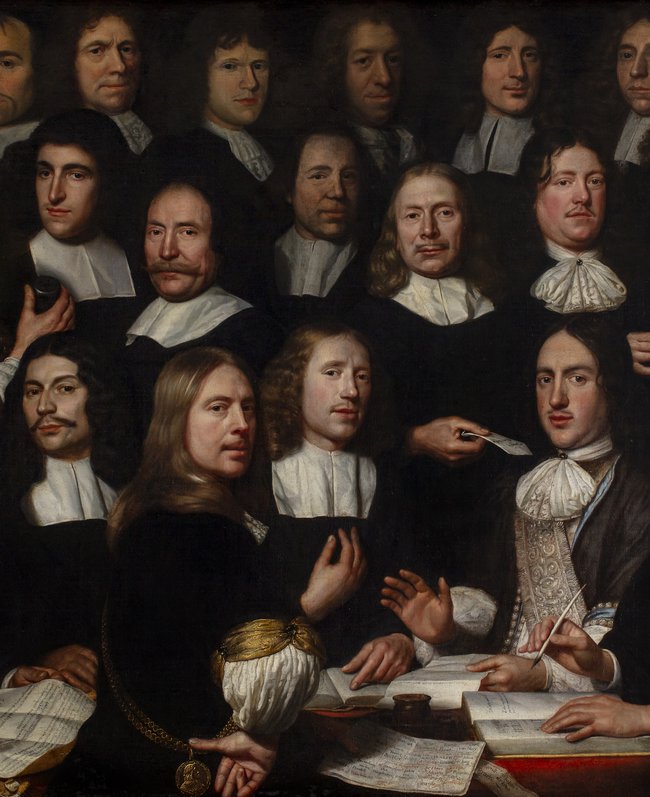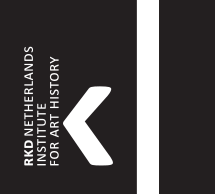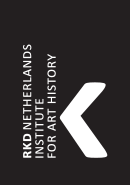Samuel van Hoogstraten, ‘the Ingenious and Poetic Painter’
Michiel Roscam Abbing
Samuel van Hoogstraten (1627-1678) was about fifteen years old when his guardian advised him not to become a painter, as it was uncertain whether he could earn a living from this trade. Van Hoogstraten, however, could not be dissuaded, which turned out to be a good decision.1 His later pupil and eighteenth-century biographer Arnold Houbraken (1660-1719) counted him among the lucky painters of his century, because ‘favoured by fortune, [he] mostly sailed with the wind’. At the same time, Houbraken pointed out that there was more to Van Hoogstraten’s success than pure luck: Van Hoogstraten was driven by a ‘particularly competitive impulse’.2 He was someone who worked hard, was ambitious and a keen learner. He wanted to excel at everything, surpass his colleagues and, according to Houbraken, had knowledge of almost everything, particularly the rules of art. Van Hoogstraten recorded these rules in his book the Introduction to the Academy of Painting; or, The Visible World (1678), which was full of recommendations for aspiring artists. One of these clearly related to himself: works of art needed to be elegant, authoritative and impressive. Compositions needed to be elevated and to ‘continue to amaze’ in centuries to come. And creating ‘elegant works’ required an ‘elevated mind’. To achieve this, Van Hoogstraten wrote, there is no better means than ‘associating with wise and bright men’ and reading authoritative books, which ‘elevate’ people.3 For Van Hoogstraten too, social and intellectual development were the recurring themes of his life.

Detail of illustration 9.
Notes
1 This introduction has also been published in Maciesza/Runia 2025, pp. 12-27.
2 Houbraken 1718-1721, vol. 2, pp. 156-157.
3 Van Hoogstraten/Brusati 2021, p. 146 (Van Hoogstraten 1678, p. 95). Compare p. 133 (p. 79: ‘lofty’ portrayal of histories), p. 166 (p. 121, about distinguished and ‘stately’ matters) and p. 370 (p. 353: an ‘eminent’ painter).

